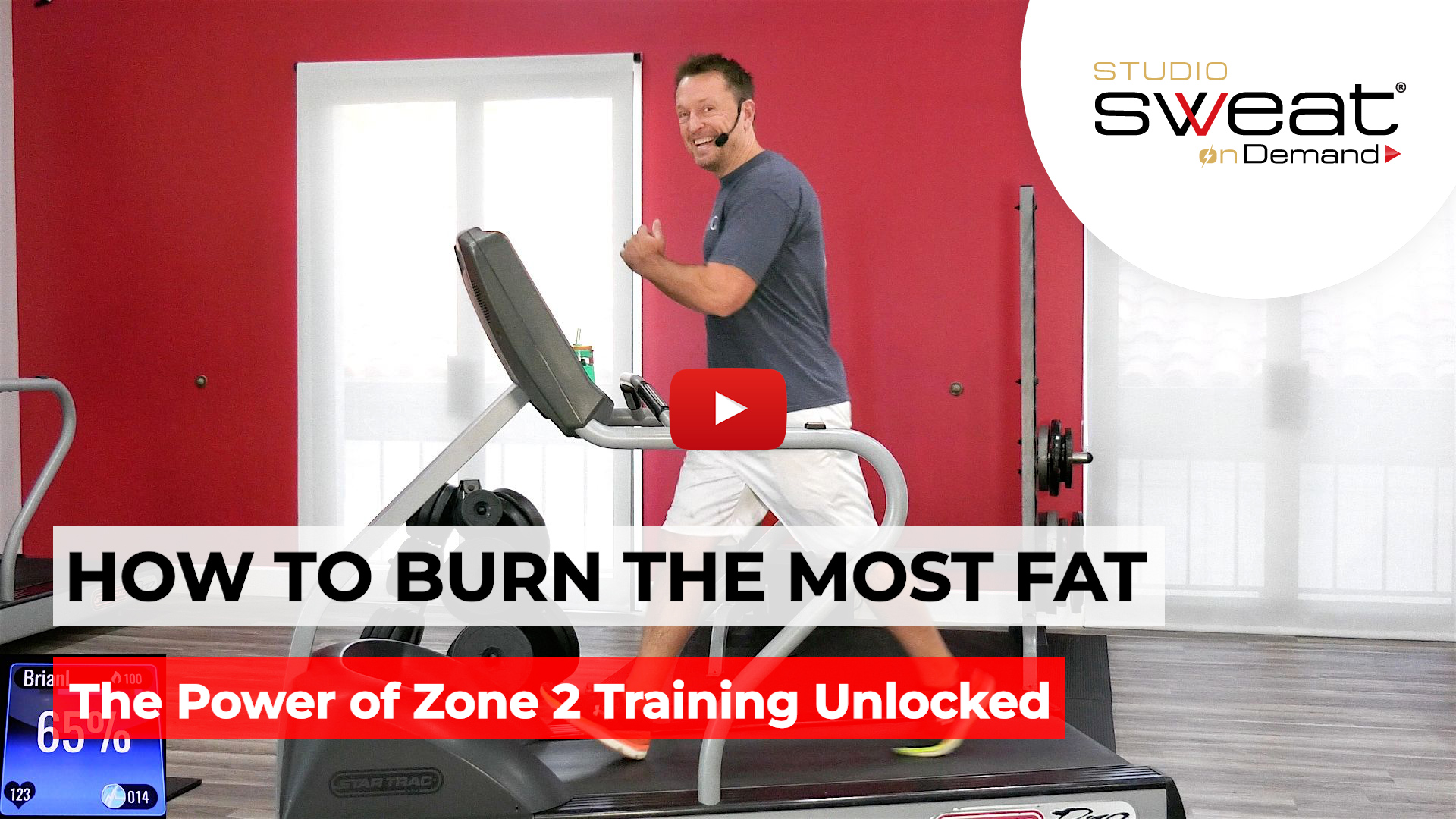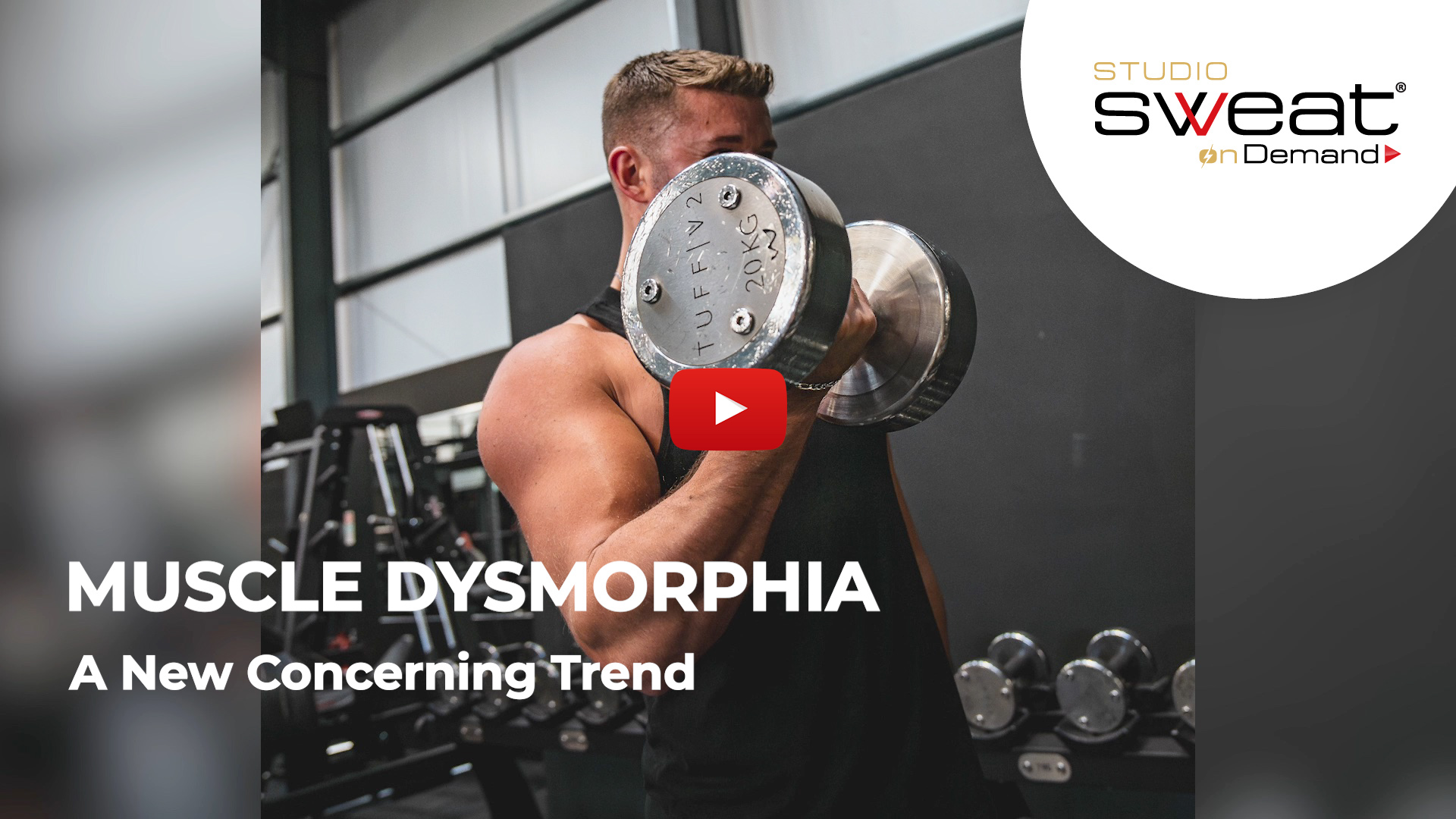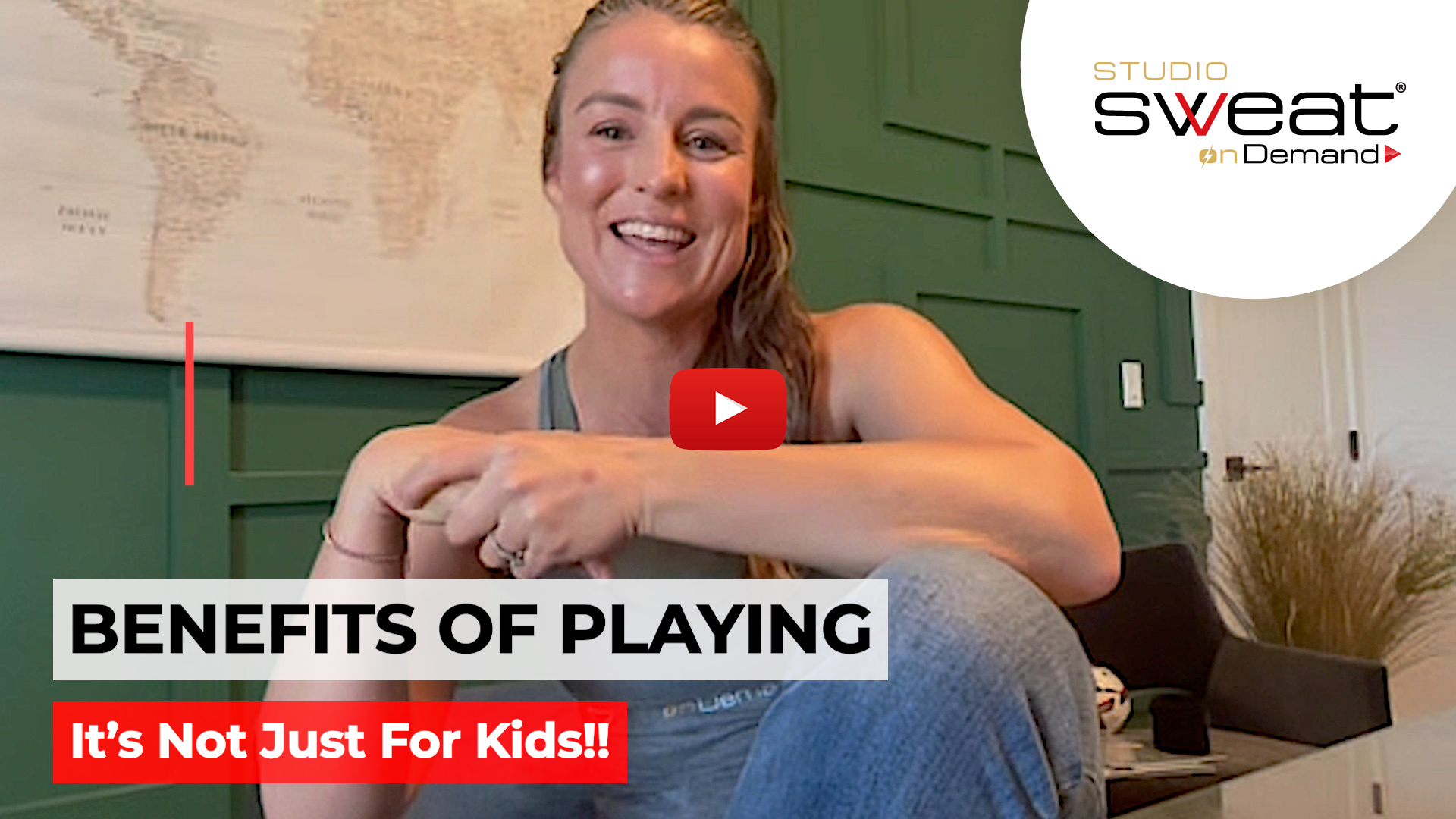Awesome Tips to Improve Your Squats.
So you think you can squat, huh? Maybe, maybe not. For those of you fortunate enough to have an amazing group or personal trainer at your disposal on the daily, that’s great because they can help you assess and perfect those squats, but for those that don’t, or for those that just want to know more, watch this super information vlog with SSoD head trainer, Cat Kom, and Dr. Ben DeLuca from Kinetic Impact! In it you’re going to learn how to self-assess your squat and how you can clean it up so you avoid injury and get all the benefits you’re supposed to get when you pop it like a squat.
Benefits of Squats:
Squats clearly help to build your leg muscles (quadriceps, hamstrings, and calves), but done right they also promote body-wide lean, beautiful muscle building. So, squats can actually help you improve both your upper and lower body strength. Who knew!?
Okay, now let’s get to it. Enjoy this read, and/or watch the vlog to learn the best form for squats now!
How to assess your squat:
When assessing your squat pattern, you should do about 10 reps to look at the overall quality of motion. Ideally, you should record your movements, so you can play them back for analysis. You can also assess yourself by simply doing the squat in front of the mirror. It is important to assess the squat from both the front and side view. It is important to note that there are different ideal squat patterns for certain sports or activities. We will talk about a safe, basic squat pattern for general fitness.
Ideal squat pattern: knees should line up over the second toe or have the feet slightly turned out. To take stress off the knees, the knees should not initiate the movement; the movement should start from the hips, the heels should stay flat on the floor (best assessed with the side view), and the hips should drop to or slightly below parallel. The angle of your upper body at your hip should match the angle of the shin at the bottom of the squat. This is considered as the “ideal squat”. However, this may not be ideal for you based off your flexibility, strength, anatomical variation, or fitness level. When looking for dysfunction, we start at the ankle and work our way up the body to assess common faults.
Ankle/Foot:
Two common faulty movement patterns are when the feet excessively turn out or heels raise off the ground. This may be due to decreased ankle mobility (the inability to dorsiflex). This can be caused by decreased flexibility in the calf musculature. What’s the solution? You can foam roll the calves, stretch the calves, and/or perform ankle mobility exercises. A quick way to assess if your ankle dorsiflexion is the culprit for your decreased squat range of motion (ROM), place a 5 lb plate under each heel. If you are more comfortable getting into full squat ROM, it is indeed your ankle limiting your squat. This gives you an idea if you need to work on that ankle mobility.
Knee:
When squatting, you may notice your knees collapse inward (knee valgus). This is caused by a weakness or lack of coordination in the outer gluteal muscles (external rotators). A great way to fight this faulty motion is to create muscular tension, taking stress off the joints and onto the muscles and surrounding tissues. To do this, you are going to grip the ground with your feet and pull the ground apart. Imagine you are standing on a rug – now try to pull that rug apart into two pieces. Hold this tension while you squat. If this is difficult, you can also place an elastic band around your knees, and as you squat down, do not let the band push your knees in (keep a bunch of tension on the band).
Back:
If you notice you have a difficult time keeping your back straight during the squat, you are not alone. An easy fix for this is doing a chair squat. Place a chair behind you and focus on keeping a big proud chest as you sit back to the chair. Imagine that if you had a logo on the front of your shirt, you should be able to see that logo if you are in front of the mirror.
That’s all she wrote ladies and gents. Now go squat till ya drop.
(Check out this Trainer Tip Video on exercises to reduce knee pain from cycling: https://www.studiosweatondemand.com/trainer-tip-videos/knees-hurt-spinning-exercises-reduce-knee-pain-cycling/)

















Comments - 0